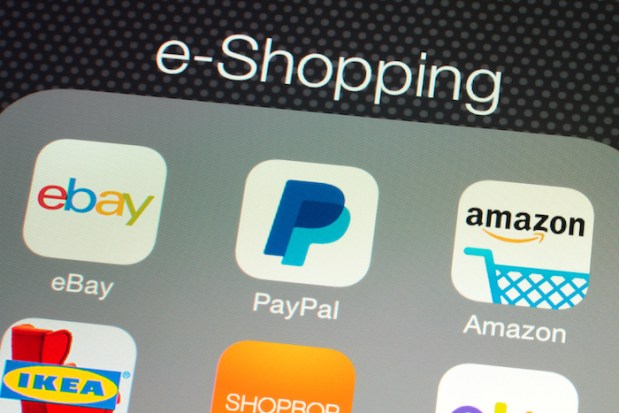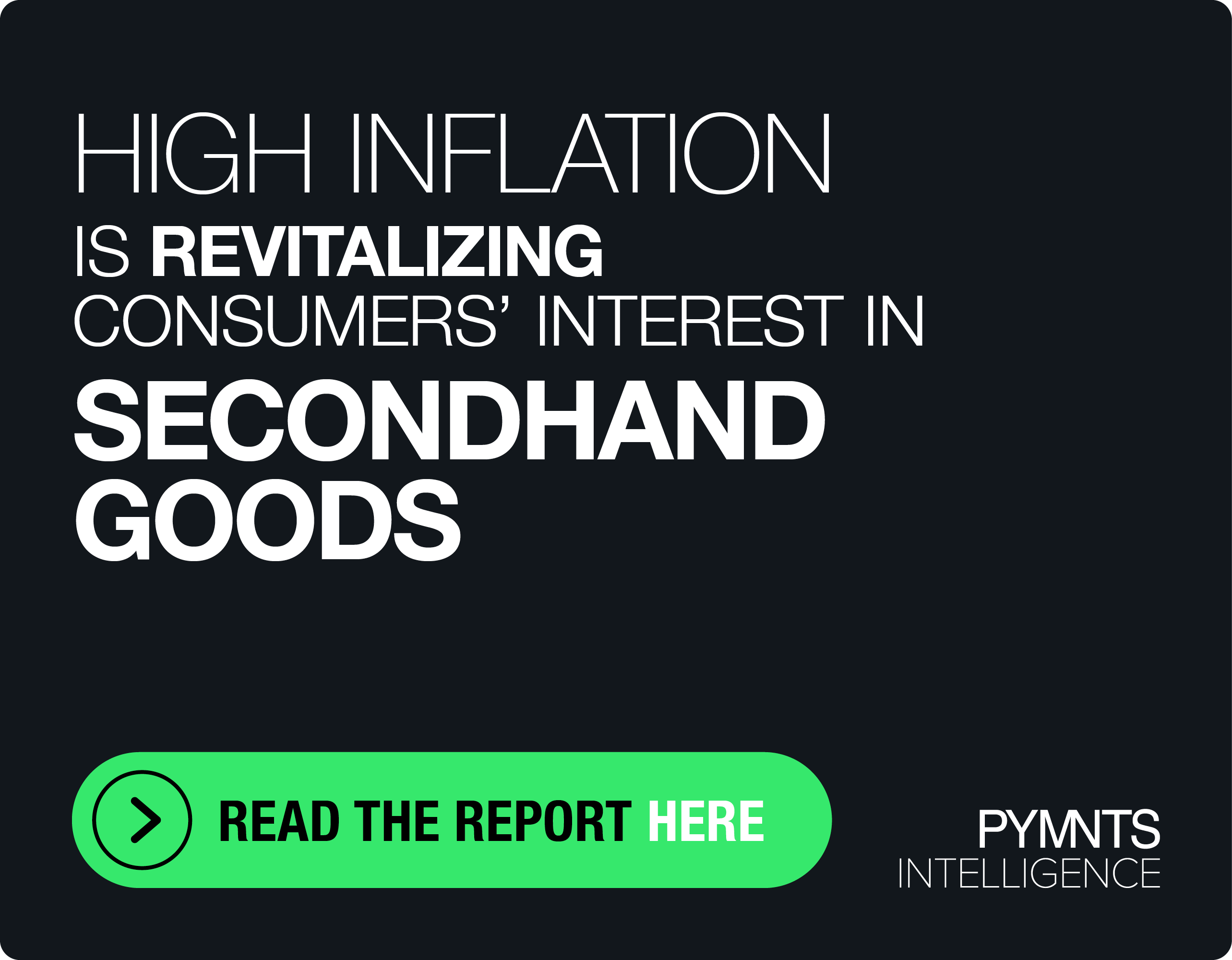How The Online Marketplace Is Setting Retail’s Rules

The online marketplace is such a ubiquitous part of modern retail that it rarely warrants a detailed look into how the format effects sales. Hundreds, if not thousands, of items from differing and often competing brands displayed side by side might even seem like the natural translation of a store full of shelves to a webpage full of clickable links, and if uniformity in the customer experience isn’t just lip service among omnichannel retailers, the marketplace concept should be the way forward for in-store and online commerce alike, no?
Not quite. In fact, there’s a chance that the online marketplace might be affecting a subtle change in the consumer mindset that could have not-so-subtle effects on the retailers they shop at.
The first nail in traditional selling strategies’ coffin comes from a recent Forrester report that investigated the rate at which online shoppers visit marketplaces as opposed to sites that don’t feature tell-tale elements like product reviews and third-party sellers. Of the 2,520 shoppers studied, 53 percent were self-professed marketplace devotees, with between three to five visits to such sites every month. In large part, the appeal of marketplaces is steady no matter what the item intended for purchase happens to be. Fifty-two percent of the participants had bought apparel from a marketplace in the last month, just as 48 percent had done so for books, movies and music, and 35 percent had done so for consumer electronics.
The argument could be made that the growing universality of the marketplace format is a coincidental byproduct of sales surging toward online in all areas, and that may be right. But that doesn’t explain why 90 percent of shoppers are satisfied with purchases made from marketplaces or why 91 percent plan on going back to the same marketplace when the need arises again.
For those answers, it’s worth digging into just what shoppers love about the online marketplace. Forrester found that “competitive prices” (71 percent of respondents), “cheaper shipping options (63 percent) and “a variety of products and services” (56 percent) comprised the attractive qualities that online marketplaces offer consumers, and while it’s important to note that some shoppers might actually be routinely finding the best deals around on these sites, whether or not they are is beside the point.
Why? Because marketplaces and the surfeit of products and product information they present have established a perception of fairness and transparency among consumers — a perception that may not carry over to non-marketplace retailers.
The writing is already on the wall for slow-to-react retailers. Study after study announces that consumers aren’t willing to put up with brands that don’t normalize their online and offline prices (re: “competitive prices”) and that they’re reading reviews before buying online and in-store, whether the retailers in question offer them freely or not. As much as anything, consumers’ use of mobile devices to augment the in-store path to purchase is, for all intents and purposes, the forced — and, on the part of the retailer, perhaps unwilling — addition of an external marketplace to an individual store. Even if a brick-and-mortar merchant stocks only their own products, years of shopping on marketplaces has conditioned consumers to seek out extra information, whether they’re provided it or not.
While the average shopper might be content to look nothing but positively on marketplaces for their perceived transparency, sooner or later, that’s going to change into negativity directed at merchants in-store and online who don’t fulfill those expectations. What does a brand have to hide by not displaying its prices alongside its competitors? What’s wrong with their products if they don’t show reviews?
It’s a conceptual change that cuts to the heart of a key element of traditional retail: turn casual shoppers into captive consumers within a site or store and do whatever it takes to make a sale from there. But that enforced bubble will likely have diminishing returns as the online marketplace format comes to convert more and more shoppers.
In fact, as more shoppers come to not just occasionally demand but routinely expect transparent and comprehensive comparative information for the products they’re looking to buy, they’ll start asking why it’s not there already. And when their fingers are left pointing at retailers themselves, it’ll be hard to do much with checkout conversion when their consumers think the wool is being pulled over their eyes.
